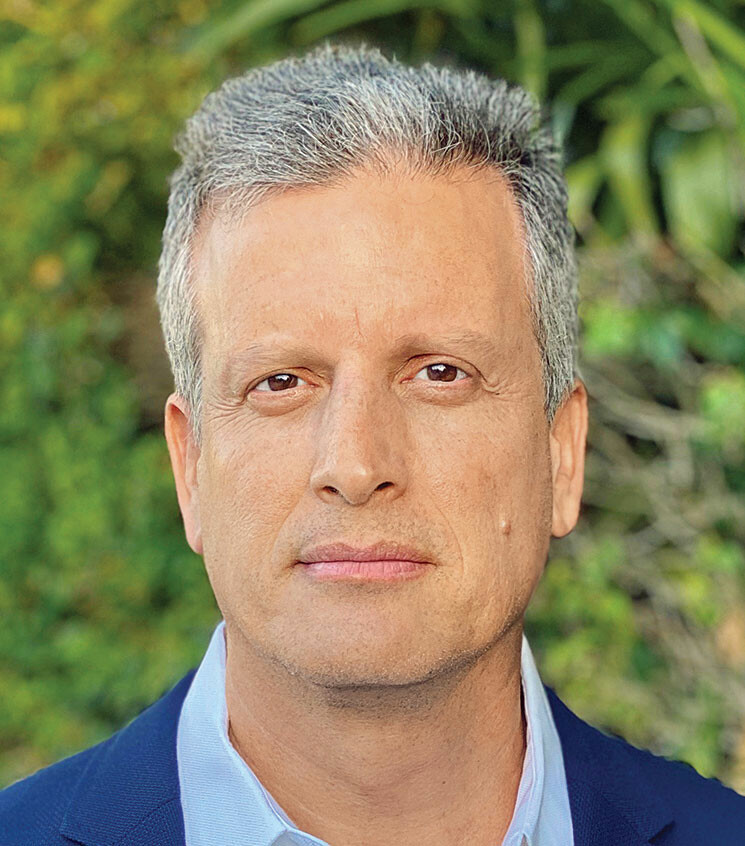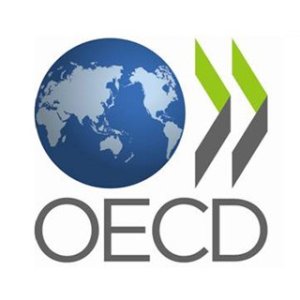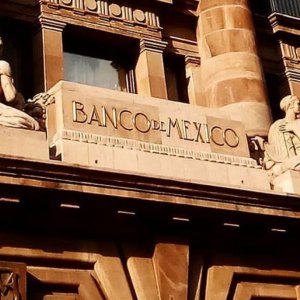Development Banks: Long-Term Financing Despite High Rates

STORY INLINE POST
The current global high interest rate environment poses challenges for Latin American companies seeking to finance their expansion and business plans. Even companies with good credit ratings and investment grade financial ratios can’t get reasonable terms and conditions that allow them to implement their business plans.
Multinational Development Banks (MDBs) are an often-overlooked alternative that can play a significant role in addressing these challenges by providing long-term financing that is tailored to the needs of Latin American businesses. In this article, we will explore the benefits and disadvantages for Latin American companies borrowing money from MDBs.
The general definition of these institutions is that they offer financing under more attractive terms and conditions compared to traditional commercial banks (local or international) as they also evaluate and reward companies due to other non-economic variables that have a positive impact, such as social factors, environmental preservation, good labor standards, developmental impact, and other non-financial benefits.
At LatamIB, we are recommending that our clients consider and evaluate the options offered by MDBs that offer financing in the region. This advice is relevant regardless of industry and country as local banks have tightened terms and conditions across the board.
First and foremost, one of the primary benefits of borrowing money from MDBs is that they offer long-term financing that can range from seven- to 10-year terms or longer for some specific cases. This type of financing is essential for businesses that are looking to invest in capital-intensive projects, such as building new facilities, acquiring new equipment, or expanding their operations. MDBs can provide Mexican companies with long-term loans that can be paid back over several years, giving them the flexibility that they need to finance their expansion.
Another benefit of borrowing money from MDBs is that they offer lower interest rates compared to commercial banks. This is because MDBs are nonprofit organizations with high credit ratings that are designed to support economic growth and development in some countries. As such, they can offer lower interest rates to Mexican companies, which can save them a significant amount of money over the life of their loans.
In addition to lower interest rates, MDBs can also offer other favorable terms, such as more flexible repayment schedules. This can help companies manage their cash flow and reduce their financial risk, which can be especially important for medium-sized enterprises that may not have access to the same financial resources as larger corporations.
Another benefit of borrowing money from MDBs is that they often provide technical assistance and other forms of support (usually not repayable grants) to help companies improve their operations and become more competitive. This can include providing training and education on best practices in areas like marketing, finance, and supply chain management.
Moreover, borrowing money from MDBs can also help Mexican companies access new markets and customers. MDBs often have networks and relationships with other businesses and investors around the world, which can help Mexican companies expand their reach and tap into new opportunities.
Finally, borrowing money from MDBs can also help Mexican companies improve their environmental, governance, labor, and social performance. Many development banks have strict environmental, governance, labor and social standards that companies must meet in order to qualify for financing; therefore, they help companies meet these standards, which in turn can help them attract new customers, business partnerships and open the doors to additional financing alternatives.
The main drawback to MDBs is that their loans are made in international currencies (mainly dollars or euros), which entails a foreign exchange risk for the company. This risk is less of an issue for companies that have foreign exchange revenues, such as exporters or whose local prices are indexed to international references, which helps mitigate this risk. Also, in countries with liquid currencies, such as Mexico, it is possible to get currency hedging contracts that limit the exposure at competitive pricing that allows it to be included in the consolidated cost analysis of the financing.
In several Latin American countries, including Mexico, there are also local development bank alternatives that lend in local currency, although their terms are generally not as attractive as those of multilateral or international MDBs.
Another relevant point to consider in MDBs is that the credit evaluation and due diligence processes are very thorough, taking longer and demanding more managerial resources than those typically required from local commercial banks; however, their economic benefits outweigh this situation. Given the intensity and complexity of these processes, we recommend using an experienced financial adviser to facilitate this process.
In some complex or international crisis situations in the past, we have had the opportunity to advise companies that found good terms and conditions despite challenging international market conditions, and which were able to gain a long-term partner for future credit funding and a significant competitive advantage over their competitors.
In conclusion, there are numerous benefits for Mexican companies to borrow money from MDBs. These benefits include long-term financing, lower interest rates, more favorable repayment terms, access to new markets and customers, technical assistance and support, and improved environmental and social performance. By working with MDBs, Mexican companies can gain access to the resources and expertise they need to grow their businesses and become more competitive in today's global economy.








 By Alessio Mazzanti | Managing Director -
Thu, 05/25/2023 - 14:00
By Alessio Mazzanti | Managing Director -
Thu, 05/25/2023 - 14:00
















